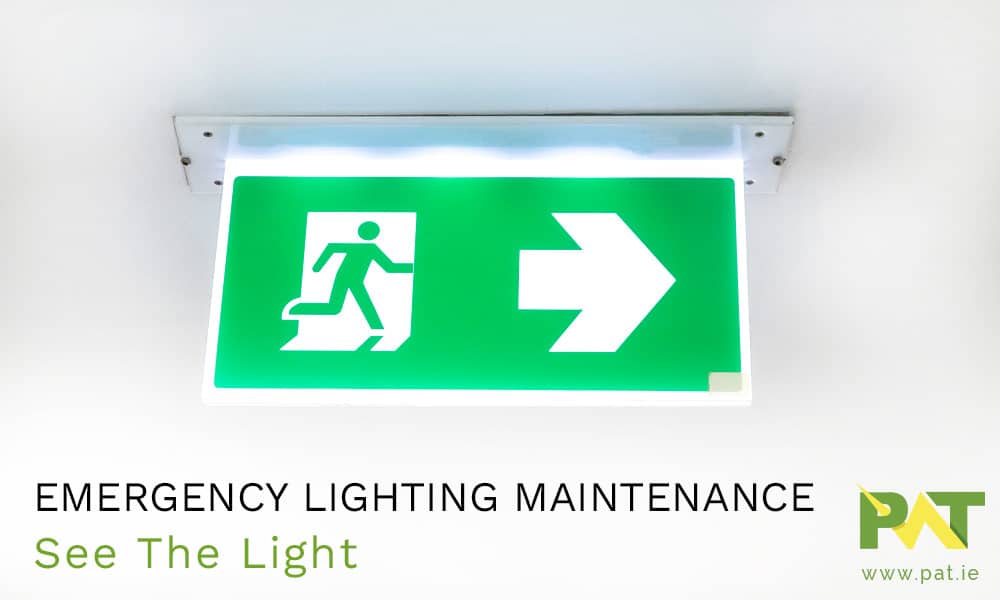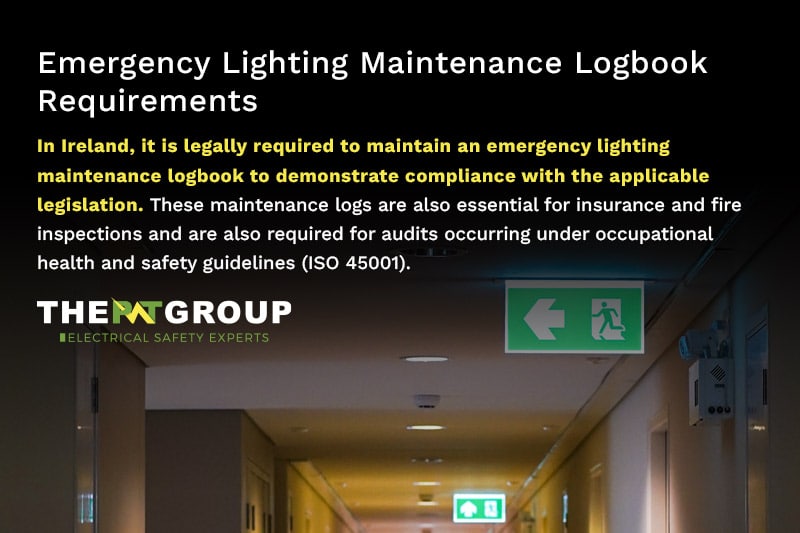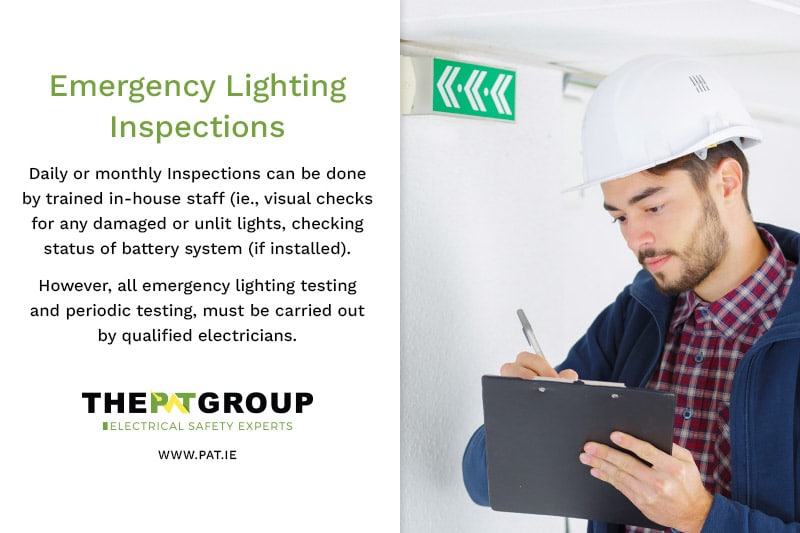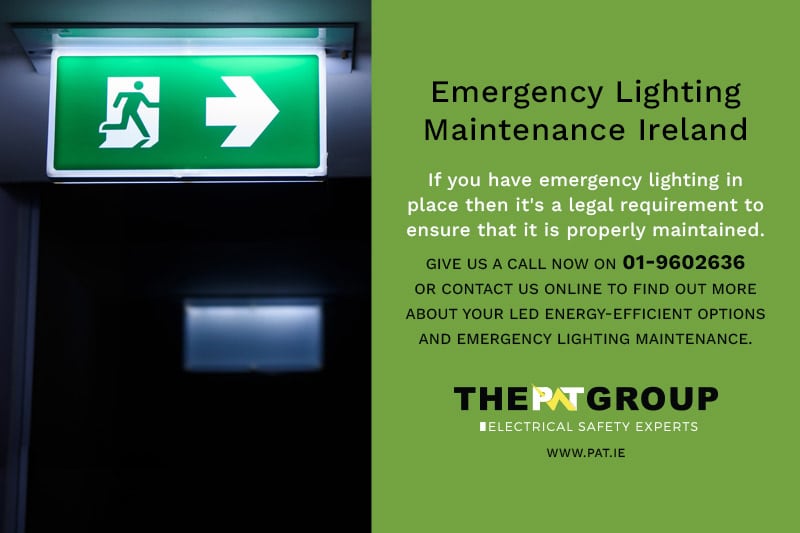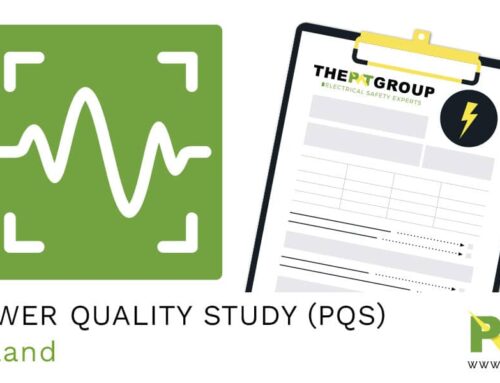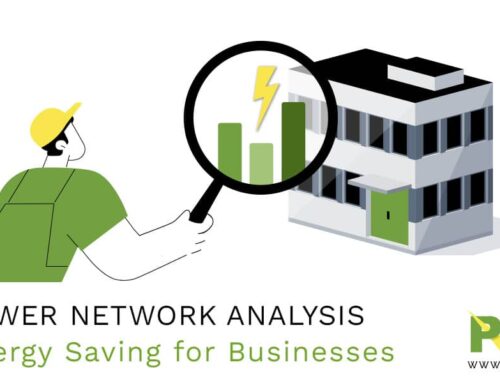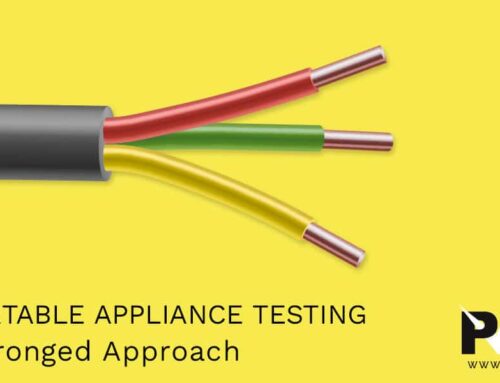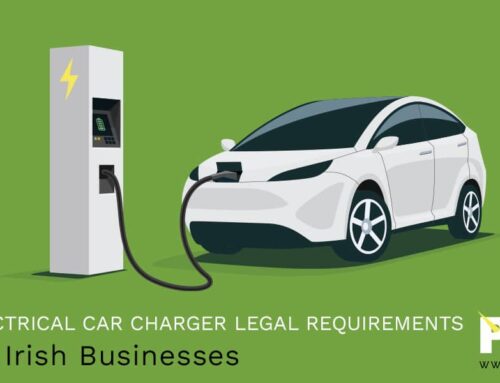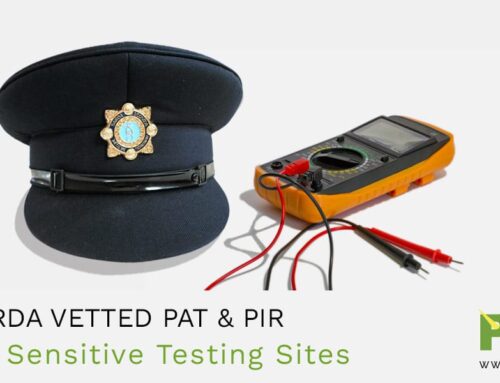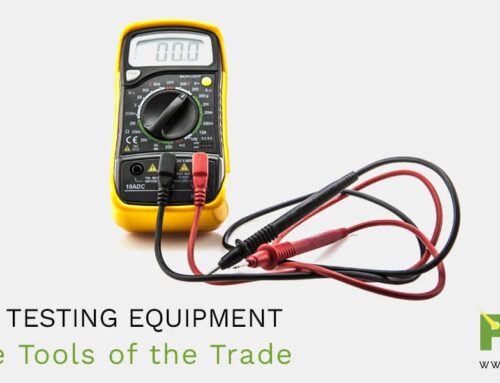Emergency lighting can defined as any lighting that automatically turns on/activates when the normal power supply fails, to ensure the safe evacuation of spaces and buildings during power failures, failures or other emergency situations. Emergency lighting is also required by law in Ireland and includes emergency escape lighting for evacuations and stand-by lighting for power failures. In order to qualify as emergency lighting for legal purposes, all systems in Ireland must comply with Safety, Health and Welfare at Work Act 2005, Irish Standard for Emergency Lighting (IS 3217:2023) and Irish Statutes for Building Regulations (Fire Safety).
Emergency Lighting Definition
Emergency lighting which enables safe evacuation of buildings includes escape route lighting in spaces such as corridors, stairways and halls, open area lighting (and anti-panic) for large open spaces and high-risk area lighting, which enables sensitive processes of (possibly dangerous) equipment to be disabled or powered down safely. However, standby lighting does not encompass escape routes, nor is it required for them, but it will continue normal electric needs during power failure and support operations where safe to do so.
Emergency Lighting Maintenance Logbook Requirements
In Ireland, it is legally required to maintain an emergency lighting maintenance logbook to demonstrate compliance with the above mentioned legislation. These maintenance logs are also essential for insurance and fire inspections and are also required for audits occurring under occupational health and safety guidelines (ISO 45001). Logbooks must contain the layout of the systems, locations of lights, the type of system (and its power duration), in addition to the commissioning certificate, along with all routine inspections, maintenance/service logs and any modifications to the system made over time.
Emergency Lighting Inspections
Daily or monthly Inspections can be done by trained in-house staff (ie., visual checks for any damaged or unlit lights, checking status of battery system (if installed). However, all emergency lighting testing and periodic testing, must be carried out by qualified electricians, like those at the PAT Group.
Requirements for Hotels
Emergency lighting is particularly important for hotels and residential spaces, as numerous spaces require mandatory and comprehensive systems. Although bedrooms are typically not required (unless there is no source of natural/borrowed light as part of escape route), systems are required in the following spaces: lobbies, corridors, staircases, exit doors, lobbies, toilets, kitchens, boiler rooms and anti-panic lighting in open areas greater than 60 m² (dining/bar, lounges, conference spaces).
Energy Efficient Emergency LED Systems
Some of the best and most energy efficient systems are emergency LED, which are battery-backed and instantly provide lighting during mains power failures. They have a significantly long lifespan of 30,000-50,000+ hours, immediate power and are incredibly low energy. Batteries can back up power from 1-3 hours (legal requirements are minimum one hour, as per IS 3217). Systems can be self-contained (single-point), operated through a central system or through a digital interface ‘smart’ system.
Emergency Lighting Maintenance Ireland
If you have emergency lighting in place then it’s a legal requirement to ensure that it is properly maintained. Give us a call now on 01-9602636 or contact us online to find out more about your LED energy-efficient options and emergency lighting maintenance.
If you found this post helpful make sure you check out our post about Electrical Building Services.

